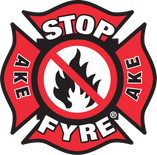Category 1
Frequently asked question
Use this text to provide answers for your most commonly asked questions.
Frequently asked question
Use this text to provide answers for your most commonly asked questions.
Frequently asked question
Use this text to provide answers for your most commonly asked questions.
Category 2
Frequently asked question
Use this text to provide answers for your most commonly asked questions.
Frequently asked question
Use this text to provide answers for your most commonly asked questions.
Frequently asked question
Use this text to provide answers for your most commonly asked questions.
Category 3
Frequently asked question
Use this text to provide answers for your most commonly asked questions.
Frequently asked question
Use this text to provide answers for your most commonly asked questions.
Frequently asked question
Use this text to provide answers for your most commonly asked questions.
